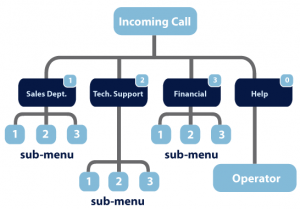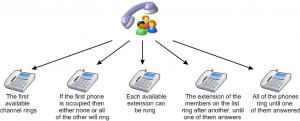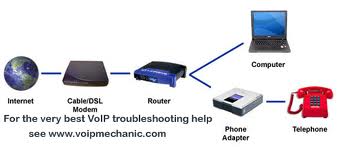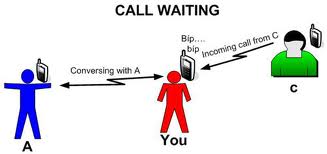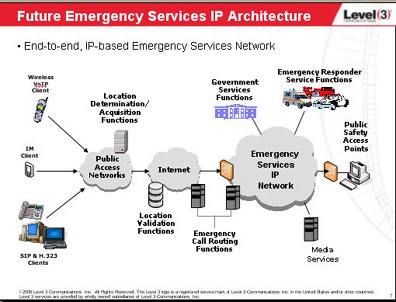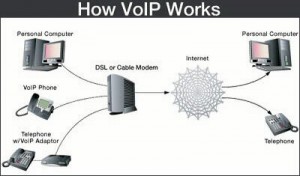Where is the saving by having VOIP as your phone service provider? Traditional phone lines whether for home or business charge a flat fee before the features are added on at additional cost. The flat fee can range between $30 to $50 a month. With VOIP, a vendor might charge a flat fee little as $30 a month for all the phones on the account and the minutes of incoming and outgoing calls. Minutes fees can be low as $0.029 a minute. The other option is to pay a flat fee per line starting at $30.
From my experience I find it cheaper to pay a flat fee for the whole account and pay for the minutes used during the billing month. Lets take look over a example, your company ABC has 20 phone lines for the business. If you were to pay per line at the cost of $30 a month, your monthly telephone bill would be $600. Now another scenario, your company ABC decides to pay a flat fee for all the phones on the account plus the minutes. Let’s say on average your company does about 4000 minutes for outgoing and incoming calls on a monthly average. Your monthly cost would be $40 flat fee, plus the cost of minutes (4000 x $0.029 = $116), your final total is $156. In this two scenario we see that paying by minutes is cheaper for the company. Remember not every user of the phone system is always making or receiving a calls. There are employees who work on field or on vacation who do not utilize the phone system. Why pay for a phone user who does not use a phone when working on field, or on vacation, or does not really use the phone for work period.
Click here to past blogs I have posted about VOIP calling features.

